Due to human activities, pollution and degradation of marine ecosystems are becoming increasingly difficult to control. The negative impacts of pollution are many and varied, and their effects ripple outwards to impact many different parties. Causes of pollution range from the use of explosives in fishing to industrial waste, offshore oil drilling and the disposal of household waste in rivers. Wherever it comes from, the cumulative impact of pollution is pushing ecosystems and marine resources of the Arafura and Timor Seas (ATS) region to a crucial tipping point.
With support from the ATSEA-2 Project and PT. BMT, a series of oil spill modelling exercises and Environmental Sensitivity Index (ESI) training took place on 30-31 May 2022, at The Rock Hotel in Kupang. Attended by representatives from universities, NGOs and an oil pollution working group from Nusa Tenggara Timur (NTT), the event set out to address the issue of marine pollution in the Arafura Timor Seas (ATS) region, focusing on the twin problems of oil spills and shipping accidents.
In order to raise awareness of marine pollution and its impact on coastal communities in the ATS region, the marine pollution task force set out from NTT to initiate and manage a capacity building programme in target locations, while also supporting the modelling of oil spills in the Timor Sea.

The leader of this marine pollution task force is Ondy Christian Siagian, who is also the Head of the Provincial Environment and Forestry agency (DLHK). His department focuses on facilitating collaboration between institutions, to support the handling and mitigation of oil spills.
At the training session held in Kupang, Siagian noted that capacity building for local communities was essential in the development of oil spill mitigation and response. This is in line with the development of an early warning system mechanism, which will be implemented as part of the collaboration his team is working on. He also reiterated the importance of knowledge sharing and continuous learning support in this process.
Other expert speakers at the event included Mujahid Sukarno, who is a GIS and modelling expert; and Rokhmad Khabibi, an environmental engineer – both of whom are from PT. BTM. They each provided a short presentation that helped participants develop their understanding of technical factors causing oil spills and contributing to their impact. This was followed by simulations of oil spill scenarios using Web Gnome and ArcGIS mapping.
Next, participants implemented several response scenarios in relation to conditions caused by oil and gas operations, alongside potential incidents of shipping leaks. To support them in this process, training participants were provided with an understanding of the Environmental Sensitivity Index (ESI), which helps to determine the best strategy for protecting sensitive areas when a potentially harmful oil spill occurs in the Timor Sea in future.
The waters of the ATS are home to one of the largest oil and gas reserves in Southeast Asia. The Masella Block alone holds an estimated 18.5 trillion cubic feet of gas and 225 million barrels of condensate, while many more oil and gas blocks are currently in the exploration stage, covering an area of 5,919km2 in the Timor Sea.
The ATS also plays an important role in the shipping sector in Indonesia; the Timor Sea is included in the Indonesian Archipelagic Sea Lane (ALKI) III, which crosses the Pacific Ocean, Maluku Sea, Seram Sea, Banda Sea, Ombai Strait, Sawu Sea and the Indian Ocean.
Although there is great potential in these natural resources, their extraction significantly increases the risk of man-made ecological disasters such as oil spills and shipping leaks. At least 12% of all marine pollution currently in the Timor Sea can be attributed to such incidents, with wide-ranging impacts continuing to worsen if left unchecked.
In order to handle these disasters more effectively, while also mitigating their impact and preparing for future scenarios, knowledge sharing mechanisms such as the ATSEA-2 event in Kupang are essential to success. Participants noted that oil spill modelling exercises increased their knowledge capacity and their ability to handle future problems, as well as raising awareness of marine pollution in the environment. Following the success of this event, the ATSEA-2 Project will continue to work with partners such as PT. BMT and DLHK to raise awareness and build capacity for the prevention of, and response to marine pollution emanating from oil spills and shipping leaks in the ATS.
(By Mikael Leuape)


